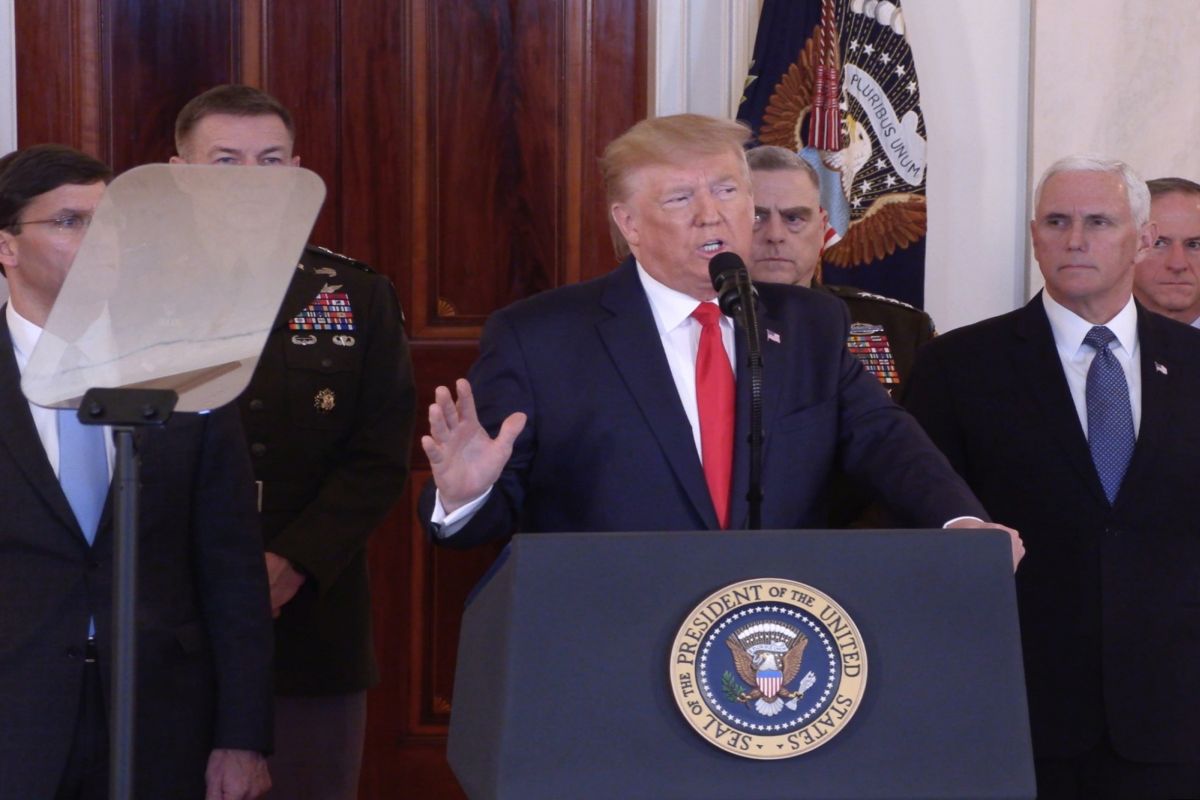US President Donald Trump signed into law on Wednesday, a measure to implement the United States-Mexico-Canada Agreement (USMCA), intended to replace the 1994 North American Free Trade Agreement (NAFTA).
During a signing ceremony on the South Lawn of the White House, Trump said, “Today, we finally end the NAFTA nightmare”.
According to the Foreign Secretary Marcelo Ebrard and Economy Secretary Graciela Marquez, the roughly 400 invited guests included business leaders, Republican lawmakers and two top officials from Mexico.
The USMCA, the fruit of years of negotiation between the three key trading partners, is billed as an update to the 1994 North American Free Trade Agreement, which Trump had long lambasted as a job killer and threatened to scrap outright.
Earlier, NAFTA created a vast free-trade zone across North America, leading to radical shifts in the makeup of industries in the three countries and vastly increasing cross-border exchanges in goods, services and people.
The Democrats, who took control of the US House of Representatives in January 2019, demanded stronger environmental and labor provisions in exchange for their support.
On December 10, House Speaker Nancy Pelosi announced an agreement with the Trump administration on modifications to the USMCA and the revised text was signed hours later in Mexico City by Mexican lead negotiator Jesus Seade, US Trade Representative Robert Lighthizer and Canadian Deputy Prime Minister Chrystia Freeland.
It also makes changes to e-commerce, intellectual property protection and dispute settlement for investors, as well as tougher labor provisions that require reforms to Mexico’s labor laws.
Last year, US Trade Representative Robert Lighthizer negotiated the replacement agreement with Canada and Mexico.
The trade pact picked up some momentum after Mexico in April passed a labor-law overhaul required by USMCA. The reforms are meant to make it easier for Mexican workers to form independent unions and bargain for better pay and working conditions, narrowing the gap with the United States.
In 2018, President Trump called NAFTA “the worst trade deal in history” during his election campaign, and also said that the name has “bad connotations” and he plans to scrap it as he attempts to strike better trade deals with US neighbours.











